
Volkswagen Passat Saloon review
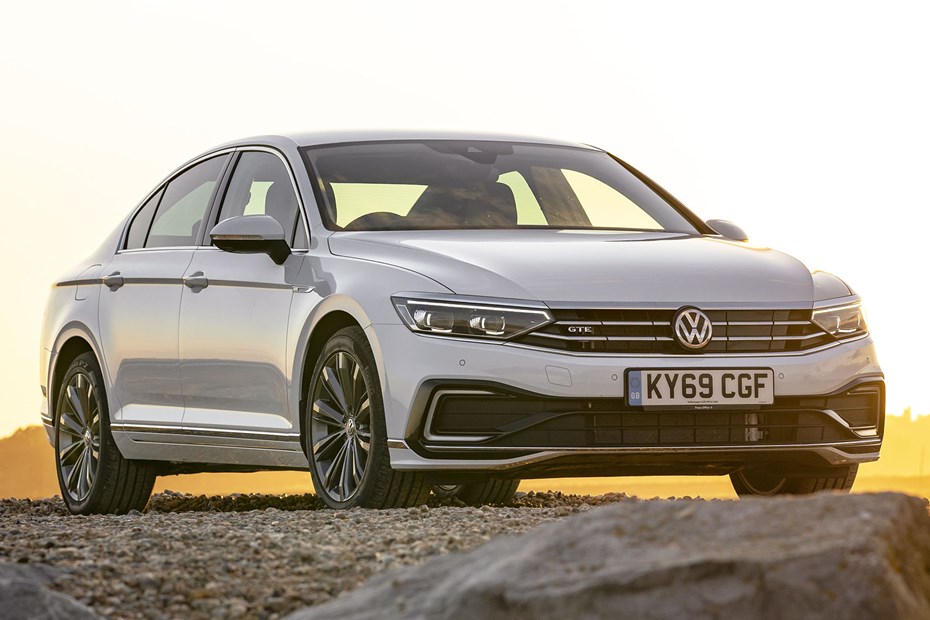
At a glance
| Price new | £22,030 - £41,695 |
|---|---|
| Used prices | £4,553 - £25,280 |
| Road tax cost | £0 - £590 |
| Insurance group | 12 - 29 |
Get an insurance quote with

|
|
| Fuel economy | 35.8 - 60.1 mpg |
| Range | 639 - 1016 miles |
| Miles per pound | 4.9 - 7.7 |
| View full specs for a specific version | |
Available fuel types
Petrol
Diesel
Alternative fuel
Pros & cons
- Classy image with high-quality interior
- Broad range of engines and trims available
- Plug-in hybrid has good range on battery
- Cheaper alternative to a 3 Series, A4, C-Class
- Higher-specification models are pricey
- We'd take the estate version over this
- Big wheels look good but rob it of comfort
- Good, but a Skoda Superb makes more sense
Volkswagen Passat Saloon (15-21) rivals
Overview
The Volkswagen Passat nameplate has been around since 1973, and is as firmly established in the family car world as the smaller Golf and Polos. And just like those cars, it appeals to buyers looking for little more quality and badge appeal than its mainstream rivals from Ford, Vauxhall and Mazda.
It has managed to walk the line between mass-market and premium highly successfully – and it’s a position that Volkswagen seems to be unique in occuplying right now. So, if you’re after a slightly upscale saloon that can go toe-to-toe with the premium players, but comes with more standard equipment and space for your money, the Passat would look to be your only option. Or is it?
So, the Passat’s long-standing rivals – the Ford Mondeo, Vauxhall Insignia and Skoda Superb – are generally cheaper while, and the premium models it’s up against – the BMW 3 Series, Audi A4 and Mercedes-Benz C-Class – offer more kerbside appeal. But saloons as a breed are becoming less popular with every passing month, and it’s true with the Passat. The Passat Estate outsells the saloon, while the T-Roc and Tiguan SUVs also find considerably more homes, so is it actually still relevant, and would we recommend one?
High-quality interior: spacious and well-equipped
The Passat’s interior is one of the key reasons you’d choose it over its most direct rivals. It’s a lesson in how to create a spacious and well-built interior that’s unfussy, classy and ergonomically laid out.
The design is clean and easy to use, the doors close with a solid and reassuring thud and everything is where you’d expect it to be. The feel inside can vary noticeably, though, with some models featuring smaller infotainment screens and traditional analogue dials with an ageing screen nestled between them, while others come with a feature-packed 9.2-inch display that shows off VW’s latest media system more successfully. Add the firm’s digital dials and it feels like genuine competition for more expensive rivals. Without it, it feels a little dated, even though the car was given a spruce up in 2019.
There’s very little to complain about inside, though, overall, especially when it comes to space. Up front there’s plenty of room with a good amount of seat adjustment, and in the back the Passat’s legroom impresses. The biggest issue the Passat has is that the Skoda Superb offers all the same kit, an equally pleasant interior and more rear room at lower cost.
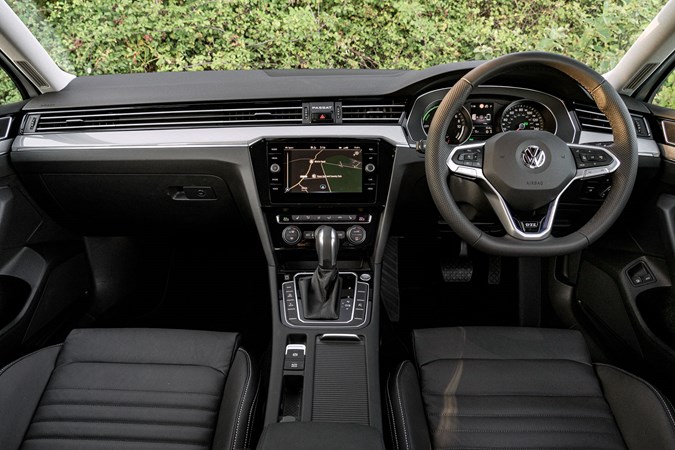
Comfort is key to Passat’s appeal
The Passat is no sports car, and so it majors on comfort more than anything else. That’s especially apparent in the front where there are a pair of ErgoComfort seats on all models, featuring a vast amount of adjustment to really hone your driving position.
It’s a comfy and quiet ride for the most part too, as long as you don’t spec one with large wheels and sportier suspension. If you do, you’ll want the DCC adaptive suspension option to make the ride comfort a little less fidgety – especially on an R-Line model.
Again, the biggest thorn in the Passat’s side is the Skoda Superb which really goes to town with the comfort side of the driving experience, although some may prefer the Passat’s blend of comfort with body control where the Skoda can feel a little wallowy.
Broad spread of engines available
A wide selection of engines is available in the Passat, with petrol, diesel and plug-in hybrid choices. Diesel is still a popular option in the Passat, that’s why there are four power outputs available, ranging from 120hp to 240hp. Most important of which is a 2.0-litre TDI Evo engine (introduced in 2019 as part of the range of updates) with 150hp.
Those preferring petrol are well catered for, with TSI units ranging from 150hp to 272hp, although that range-topping unit is only available on R-Line Edition cars, a limited-run of models packed with as much kit as possible.
Finally, there’s a plug-in hybrid GTE that’s returned to the range after a brief hiatus. It was originally introduced and went off sale due to changing emissions regulations, but the updates made to the range in 2019 reintroduced the car with a new battery and longer electric driving range of around 34 miles.
So, there’s a decent range of petrol, diesel and plug-in hybrid (PHEV) models to choose from, giving those who want a Passat more flexibility than just about allof its rivals.
Click through the next few pages to read everything you need to know about the Volkswagen Passat including its practicality, how much it costs to run, what it’s like to drive – and whether we recommend buying one.
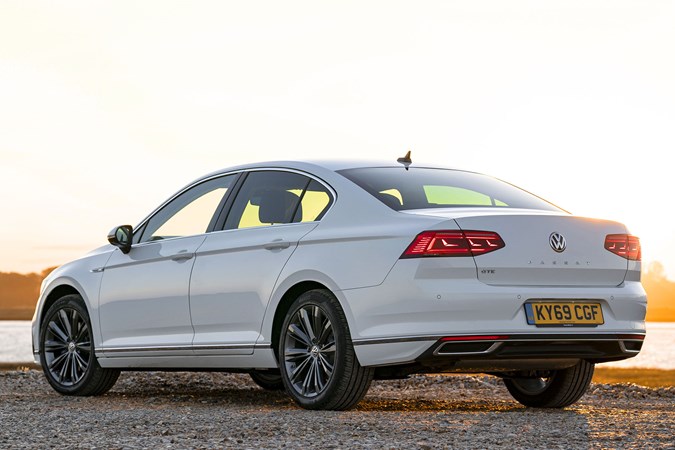



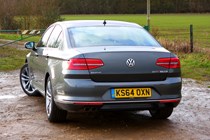
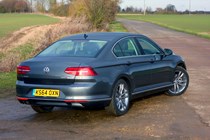
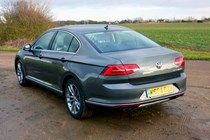
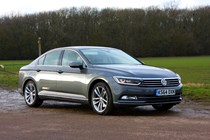
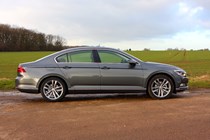
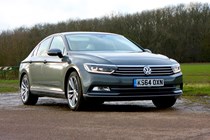
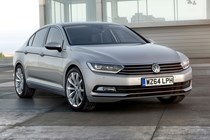
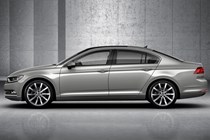
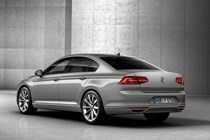
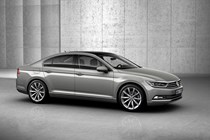
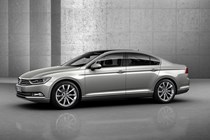
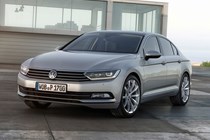
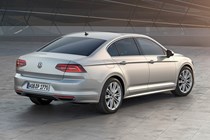
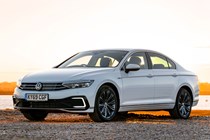
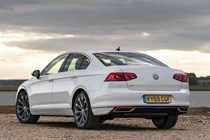
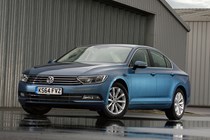
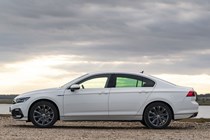
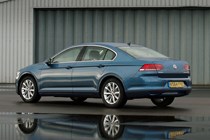
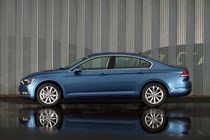
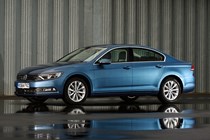
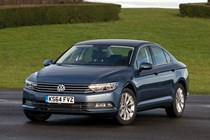
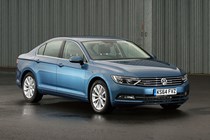
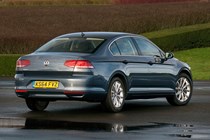
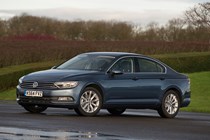
.jpg)
.jpg)

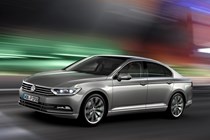
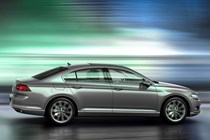
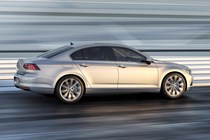
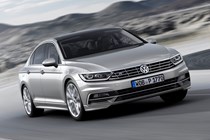
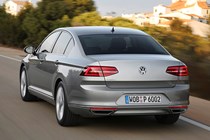
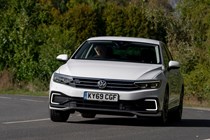
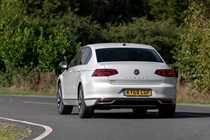
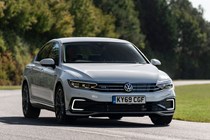
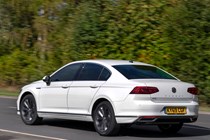
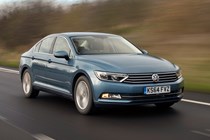
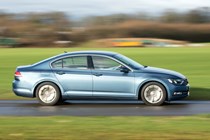
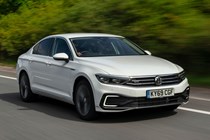
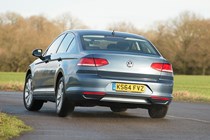
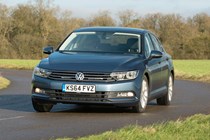
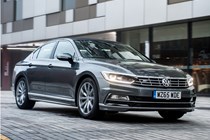
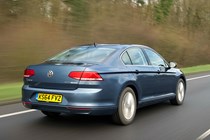
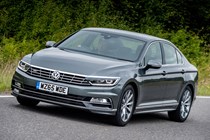
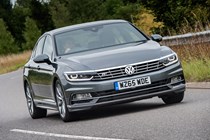
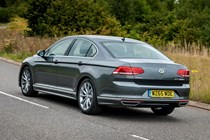
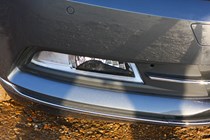
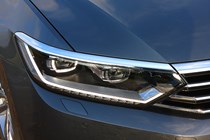
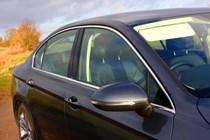
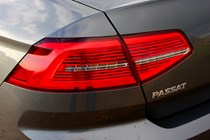
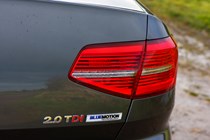
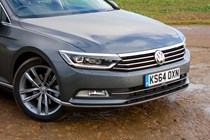
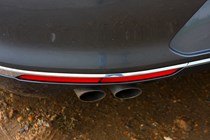
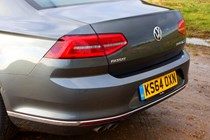
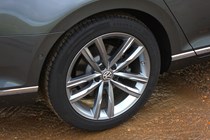

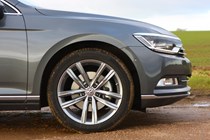
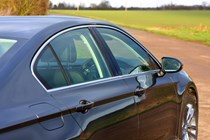
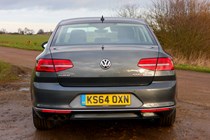
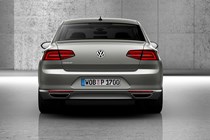
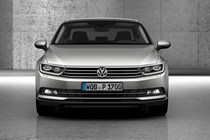
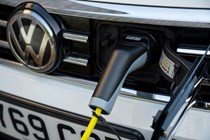
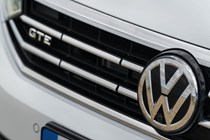
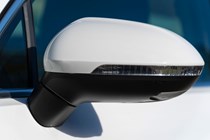
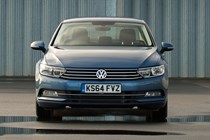
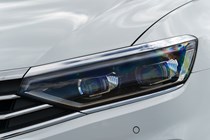

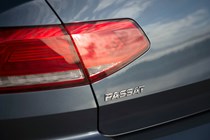
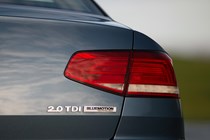
.jpg)
.jpg)
.jpg)
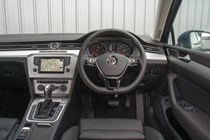

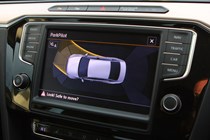
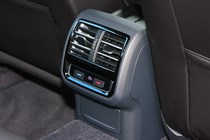
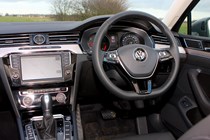
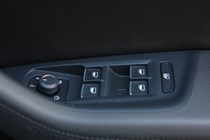
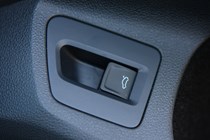
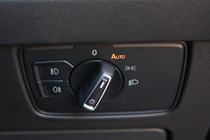
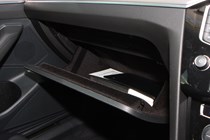
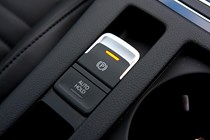
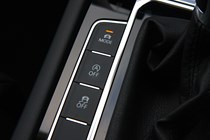
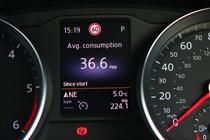
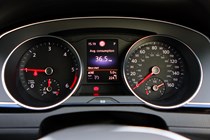
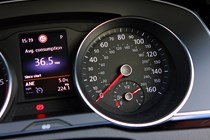
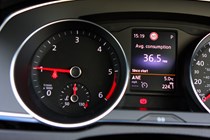
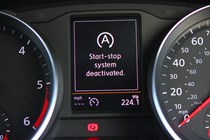
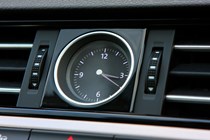
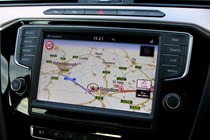
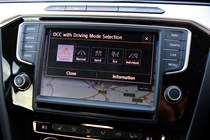
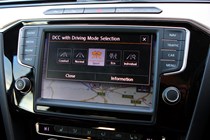
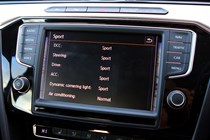
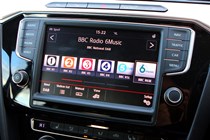
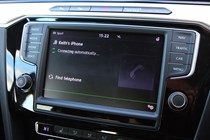
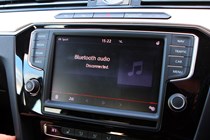
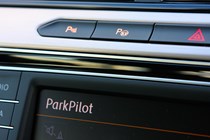
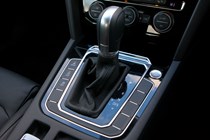
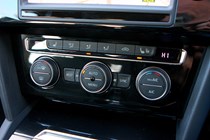
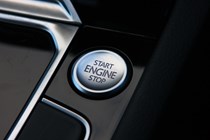
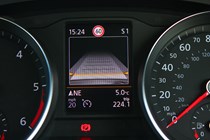
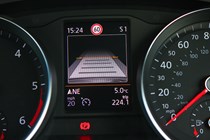
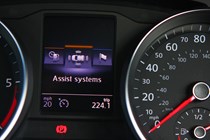
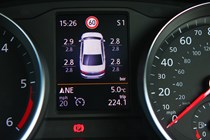
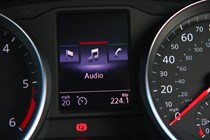
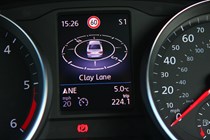
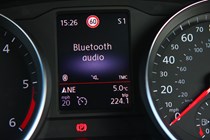
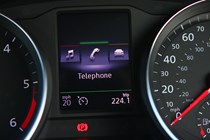
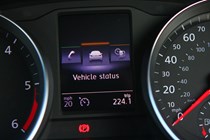
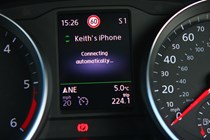

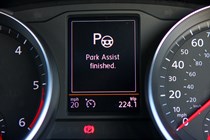
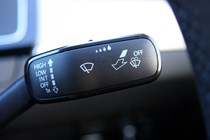
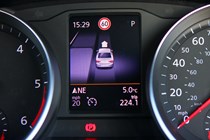


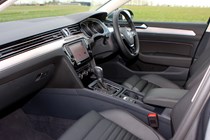
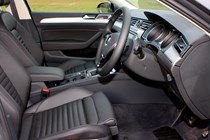
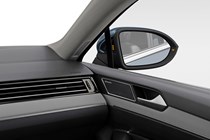
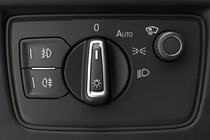

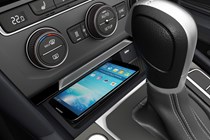
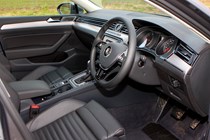
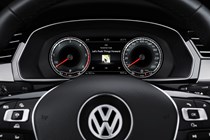
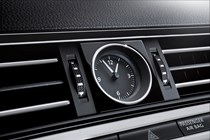

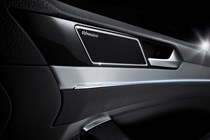

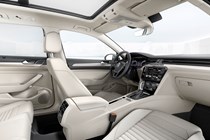
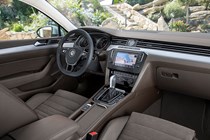
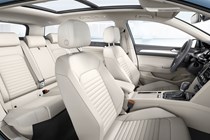
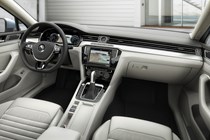
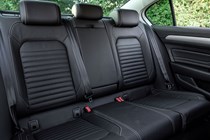
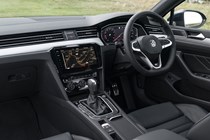
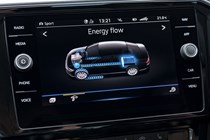
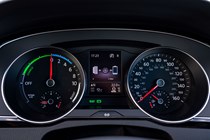

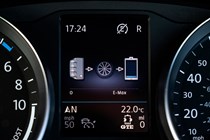
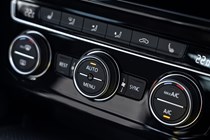
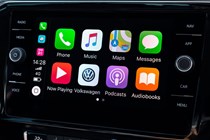
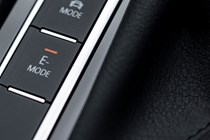
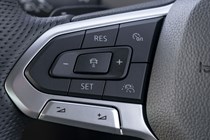
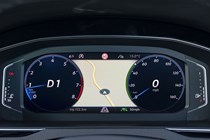
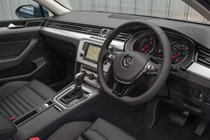
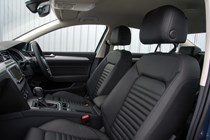

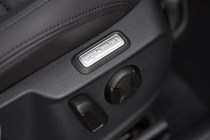
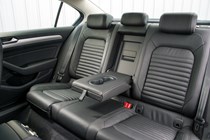
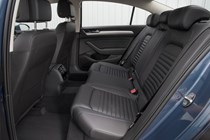
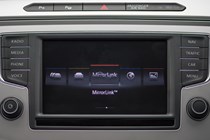
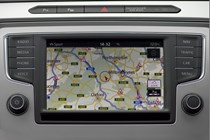
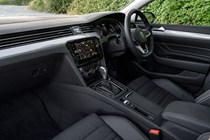
.jpg)
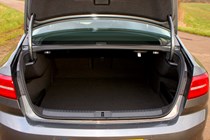
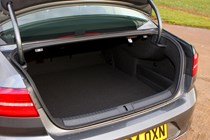
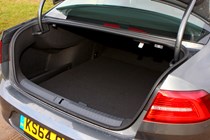
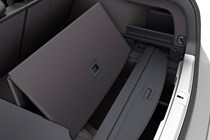
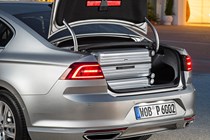
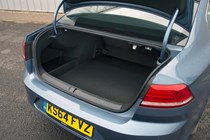
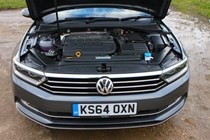
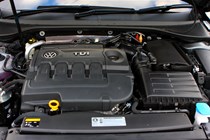
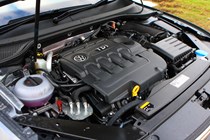
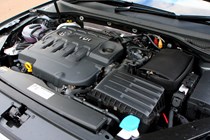
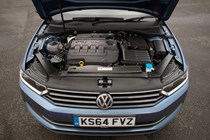
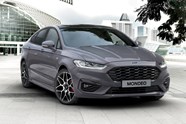
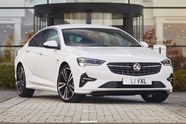
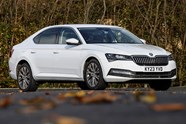

























.jpg?quality=50)
.jpg?quality=50)











































.jpg?quality=50)
.jpg?quality=50)
.jpg?quality=50)
















































































.jpg?quality=50)










